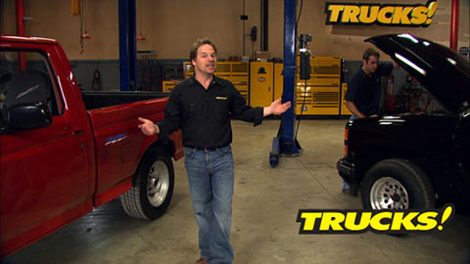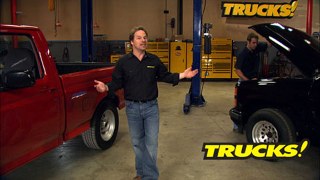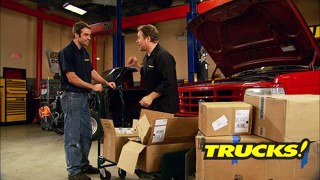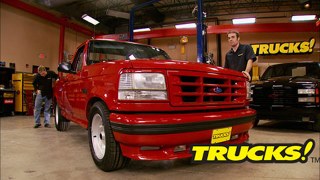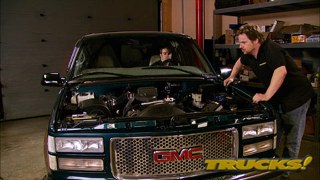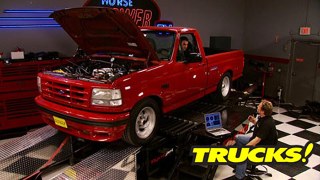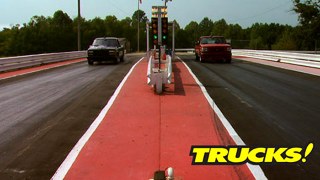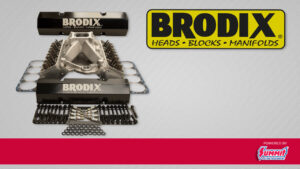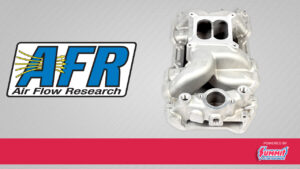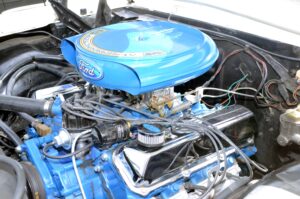Parts Used In This Episode
DynoSpeed Racing, Inc.
32 point dyno check list.
Flowmaster
Scavenger Y-pipe comes in various sizes.
Matco Tools
HVLP and conventional spray guns.
O'Reilly Auto Parts
Distributor cap, rotor, spark plug wires, spark plugs, oil, air, and fuel filters.
O'Reilly Auto Parts
Spark plugs, air, fuel and oil filters.
